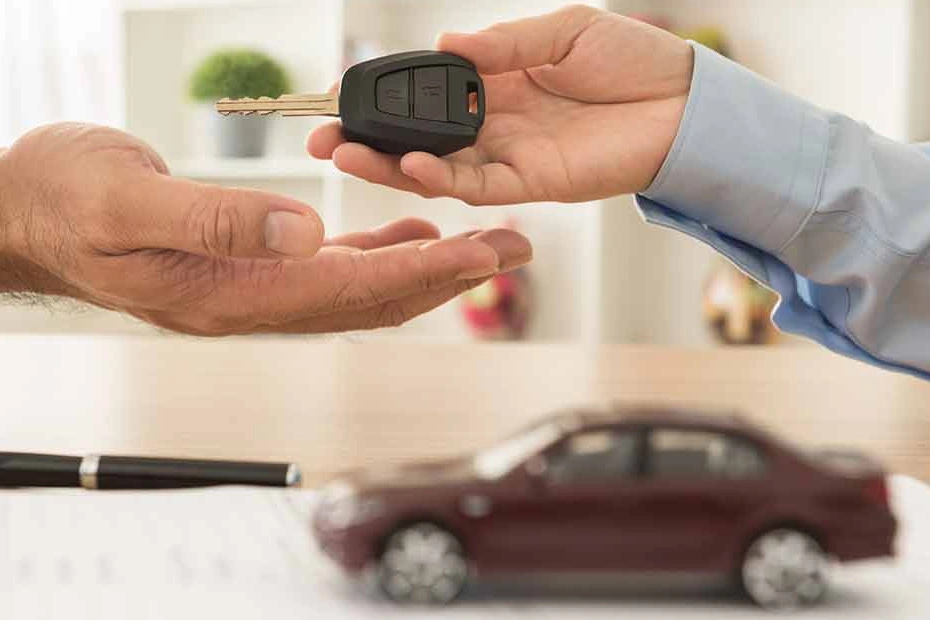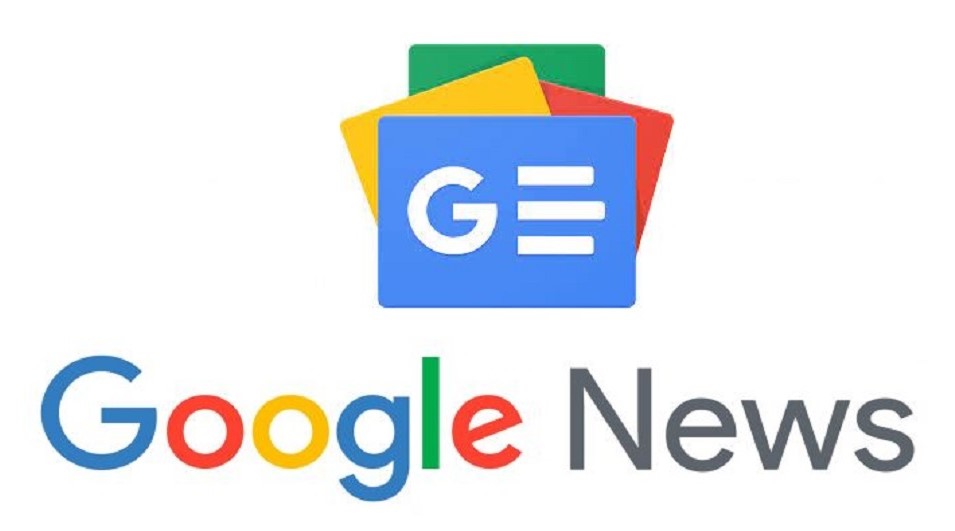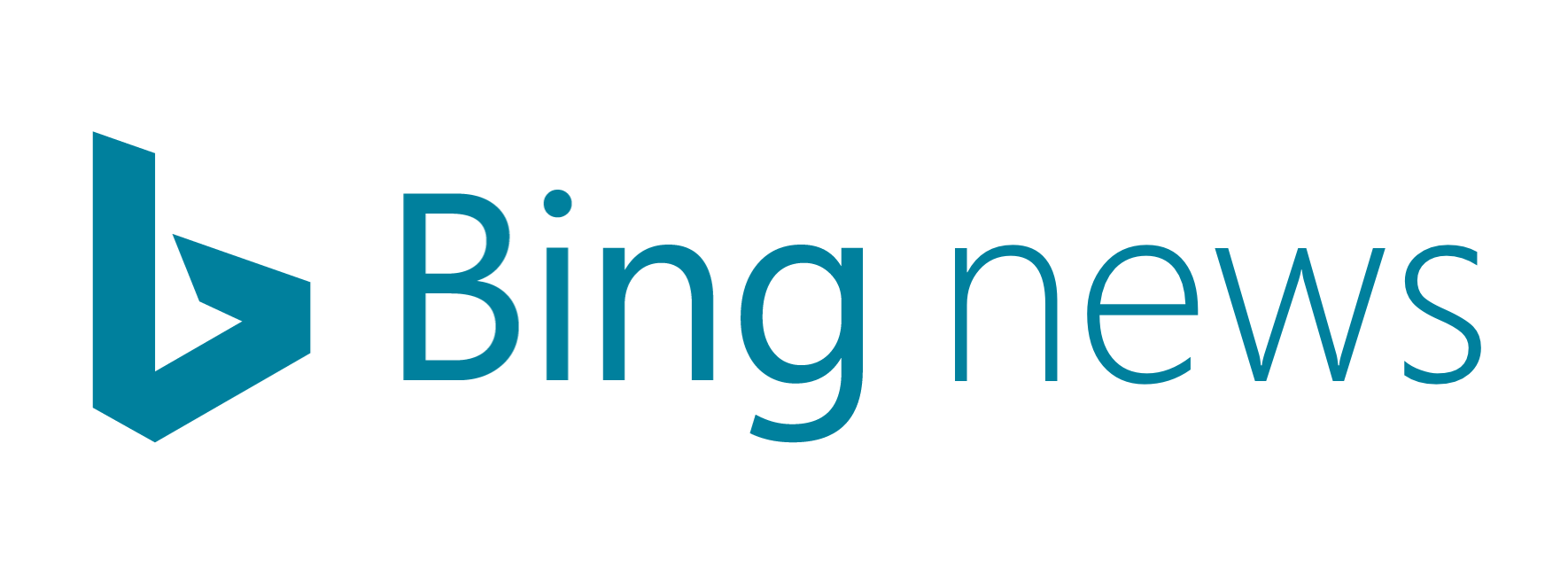How to Insure A Used Car: A more affordable option to buy a new automobile is to buy a used one. However, just like any other vehicle, it’s essential to insure a used automobile to safeguard oneself from unforeseen costs and dangers.
 Knowing how to insure a used automobile is crucial whether you’re switching from a new car or are a first-time car owner. This article will provide a thorough overview of how to insure a used car, including covering options and research to choose the best insurance company.
Knowing how to insure a used automobile is crucial whether you’re switching from a new car or are a first-time car owner. This article will provide a thorough overview of how to insure a used car, including covering options and research to choose the best insurance company.
1. Analysis and research
- Determine your needs: Analyse your insurance requirements for your used car. Consider elements like the vehicle’s age, make, model, mileage, and general state. You may choose the kind and amount of coverage needed with this evaluation’s aid.
- Do your research on insurance providers: Seek trustworthy insurance firms that concentrate on providing vehicle insurance. Check their reputation for claim resolution, financial soundness, and policy comparison while reading customer reviews. A trouble-free claims procedure is dependent upon reputable insurance.
2. Recognise different types of coverage
- Liability coverage: In most areas, this is the bare minimum of coverage needed by law. When you cause a mishap and cause harm to an outsider, it is covered. Usually, it covers both property damage and physical harm liabilities.
- Comprehensive coverage: Comprehensive insurance covers damages to your car that aren’t caused by collisions, such as theft, vandalism, and natural catastrophes. Used automobiles, which may be more susceptible to theft or damage, require careful attention.
- Collision protection: Collision protection pays for damage to your car brought on by a collision with another car or item. No matter who is at blame, it aids in repairing or replacing your vehicle.
- Additional coverage options: You may add extras like uninsured/underinsured motorist coverage, medical payments coverage, Zero Depreciation Car Insurance and roadside assistance according to your needs.
3. Obtain vehicle details
Before acquiring insurance, gather all pertinent information about the used automobile, including the vehicle identification number (VIN), registration information, and any prior accident histories. The procedure will go more easily if you can access these facts immediately.
4. Obtain insurance quotes
- Speak with many insurance providers: Ask for quotations from several insurance companies depending on the data you have learned. To acquire accurate rates, be prepared to supply correct information about the car and your details.
- Compare quotes and coverage: When comparing quotes from various insurers, consider the prices and the coverage each one is willing to provide. Ensure you comprehend the policy’s conditions, deductibles, and exclusions or limits.
5. Choose the best insurance company
- Consider customer service: Choose an insurance provider with top-notch customer support, prompt claim resolutions, and effective communication channels. Take into account how they are known for satisfying clients and resolving claims.
- Check for discounts: Ask about discounts by talking about the installation of anti-theft equipment, having several policies, or being a careful driver. Your rates may be lowered thanks to these incentives.
6. Purchase an insurance policy.
- Examine the policy details: Read the policy paperwork completely before signing and paying for the insurance. Ensure the terms, deductibles, and coverage options are all appropriate for your needs.
- Pay premiums: Create an affordable payment schedule. To prevent coverage lapses, remember to make your payments on schedule.
7. Updating and maintaining your insurance
- Regularly examine your coverage: You might need to modify it as your used car matures. Every year, evaluate your insurance requirements and adjust as necessary to maintain appropriate protection.
- Notify the insurer of changes: Changes to the vehicle, a change of residence, or the inclusion of new drivers are just a few examples of important changes that should be reported to your insurance provider. Future coverage or claims may be impacted if the insurer is not updated.
8. Recognise deductibles
The deductible is the sum you should pay personally before your protection inclusion starts. Consider your preferred deductible level and how it will affect your premium. Lower rates often result from higher deductibles, but be sure you can pay the deductible in case of a claim.
9. Keep a clean driving record.
Your driving record influences your insurance prices. Keep your driving record spotless by abiding by the law, avoiding collisions, and committing the fewest traffic infractions. For careful drivers, insurance companies frequently give discounts.
10. Put safety measures in place.
Installing anti-theft, alarm, or tracking equipment will increase your used car’s security. These security measures decrease the chance of theft, which might result in cheaper insurance costs.
11. Look for special offers.
When getting insurance for your second-hand cars , ask about any savings that could be available. Insurance companies frequently give discounts for defensive driving training, low mileage, high grades for student drivers, and safe driving histories.
12. Deciding on a higher deductible
You might select a greater deductible if you are confident in handling unforeseen costs and driving prowess. If you pursue this decision, your premium might go down, yet you should pay more from cash in hand if you, at any point, need to make a case.
13. Review and refresh your coverage frequently.
Make sure your insurance coverage is up to date with your changing demands by periodically reviewing it. You can reduce insurance rates by modifying your coverage if the value of your used automobile dramatically declines over time.
14. Consult a professional
Consider consulting with an insurance agency or broker if you have concerns about the insurance procedure or particular inquiries regarding your used automobile. They may make tailored suggestions and guide you through the insurance market.
Also read: Tips to Get a Good Deal on A Used Car
Conclusion
Purchasing used automobile insurance is an important step to protect your investment and yourself from unanticipated events. You can choose a trustworthy insurance provider, and make an informed decision about coverage options, acquire the right policy before you buy second-hand cars by following the instructions in this article.
As your car continues to serve you faithfully, keep in mind that frequent reviews and adjustments to your insurance policy will assist in guaranteeing you have the required protection.






